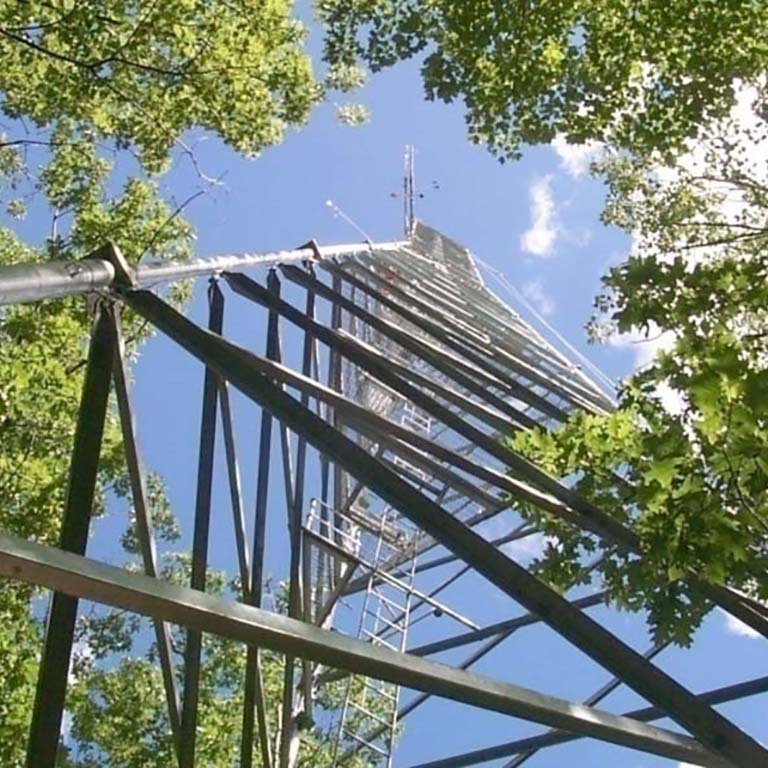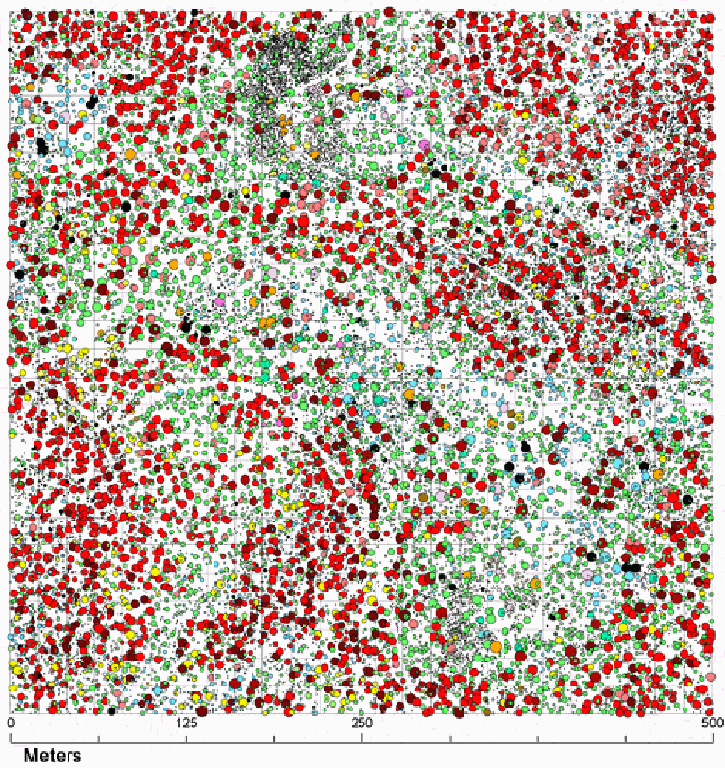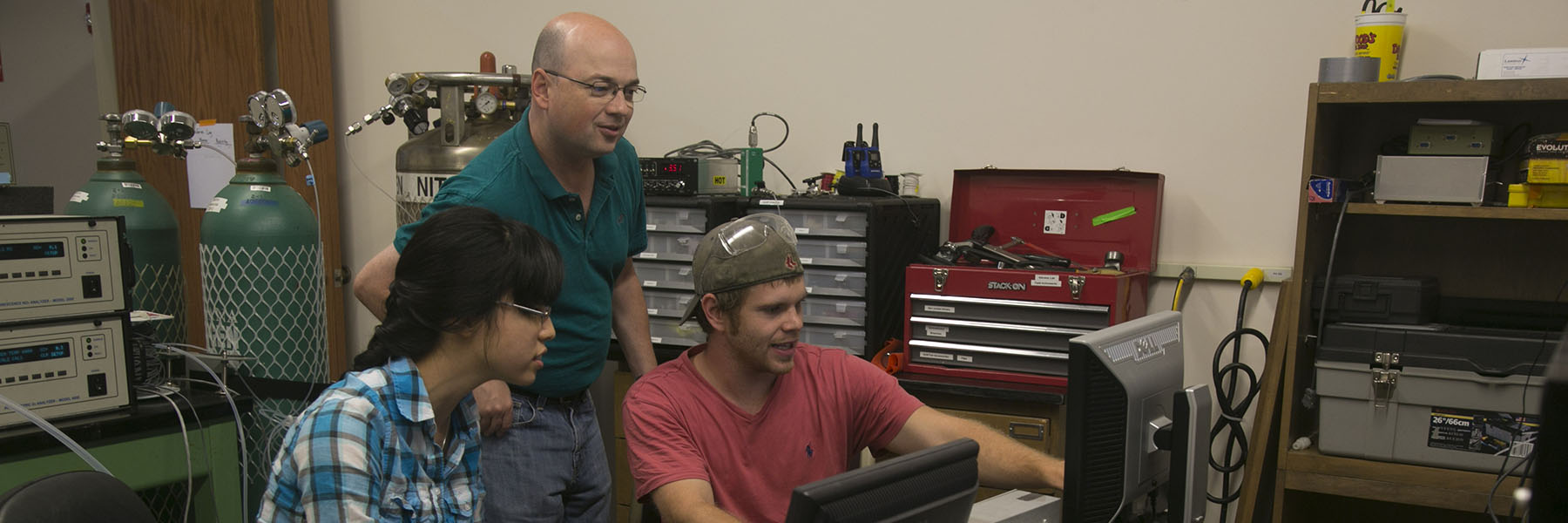Biometeorology and forest ecology
Dr. Kimberly Novick's lab, together with members of the Phillips lab (IU Department of Biology), maintain the operations of the long-running Morgan Monroe State Forest (MMSF) Ameriflux tower. At the site level, Novick’s lab is particularly interested in combining the ecosystem-scale observations from the tower with tree and leaf-level physiological measurements to understand how key Eastern US tree species respond to changes in climate including drought events. This project is funded by the US Department of Energy (USDOE) through their Ameriflux Management Project, which is administered by Lawrence Berkeley National Lab, and is undertaking in cooperation with forest management staff at the Indiana Department of Natural Resources.

Biometeorology and carbon & nutrient cycling
In Bayles Road, the Novick lab has recently installed a new micrometeorological tower for monitoring carbon uptake, water use, and energy balance in this grassland ecosystem. Observations from this tower will be paired with similar observations from Morgan-Monroe State Forest to understand how reforestation of the Eastern US affects the size of the regional carbon sink and local-to-regional surface temperatures. This project is funded by the National Science Foundation – Division of Environmental Biology.
Speciation & seasonality using birds as a study system
The Ketterson Lab , led by Dr. Ellen Ketterson, maintains the banding station at . Birds are used as the Ketterson Lab's study system as their geographic variation in ecology, reproductive timing, migratory behavior, and appearance to aid in the understanding of speciation & seasonality. Their current projects related to this larger theme are 1) population divergence in heteropatry, mate choice and the physiology of animal migration, 2) hormone-mediated phenotypic plasticity and the colonization of novel environments, 3) reproductive investment and mechanisms of aging, 4) the relationship of hormone signal and sensitivity to fitness in the wild, 5) disease ecology and animal migration.
This summer they will also begin a MAPS station at Kent Farm where they will capture and release birds according to an established protocol that is similar across the country in dates, number of nets, times of day, proper processing of birds etc. The data will contribute to a growing citizen science national database.

Soil moisture and forest ecology
In Griffy Woods, Dr. Richard Phillip's lab, along with the Novick lab, maintain a rainfall displacement experiment to create artificial soil moisture deficits that allow their groups to understand how tree species respond to periods of low precipitation, which are expected to become more frequent in the future. This project is funded by the USDA Agricultural and Food Research Initiative program.
ForestGEO
The IU Research & Teaching Preserve (RTP) is home to one of the key research sites, the Lilly-Dickey Woods Forest Dynamics Plot, in ForestGEO, the Smithsonian Institute’s Forest Global Earth Observatory Network. ForestGEO is dedicated to the long-term, large-scale study of tropical and temperate forest function and diversity in order to increase scientific understanding of forest ecosystems, guide sustainable forest management and natural resource policies, monitor the impacts of global climate change, and build capacity in forest science. The Lilly-Dickey Woods Forest Dynamics Plot is a 25-hectare parcel of old-growth forest located in the interior of the Lilly-Dickey Woods in Brown County, Indiana and is managed by Dr. Richard Philips and Dr. Keith Clay. Lilly-Dickey Woods has remained completely undeveloped since being donated to Indiana University by the Eli Lilly family. This makes Lilly-Dickey Woods an ideal addition to the ForestGEO network because the majority of the plot in the network are old forests with minimal human disturbance.



